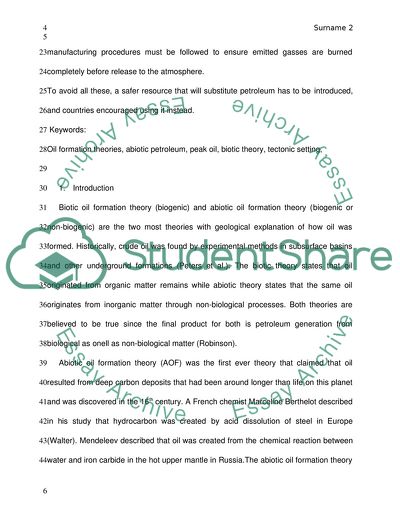Cite this document
(Abiotic Petroleum Case Study Example | Topics and Well Written Essays - 4500 words, n.d.)
Abiotic Petroleum Case Study Example | Topics and Well Written Essays - 4500 words. https://studentshare.org/physics/1865692-abiotic-petroleum
Abiotic Petroleum Case Study Example | Topics and Well Written Essays - 4500 words. https://studentshare.org/physics/1865692-abiotic-petroleum
(Abiotic Petroleum Case Study Example | Topics and Well Written Essays - 4500 Words)
Abiotic Petroleum Case Study Example | Topics and Well Written Essays - 4500 Words. https://studentshare.org/physics/1865692-abiotic-petroleum.
Abiotic Petroleum Case Study Example | Topics and Well Written Essays - 4500 Words. https://studentshare.org/physics/1865692-abiotic-petroleum.
“Abiotic Petroleum Case Study Example | Topics and Well Written Essays - 4500 Words”. https://studentshare.org/physics/1865692-abiotic-petroleum.


